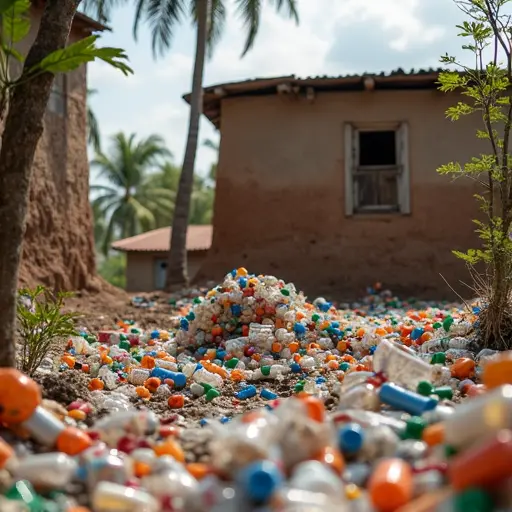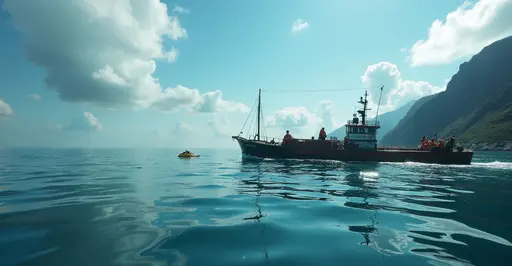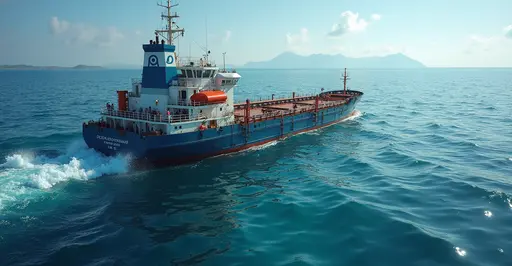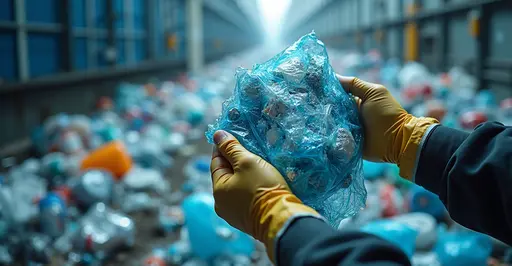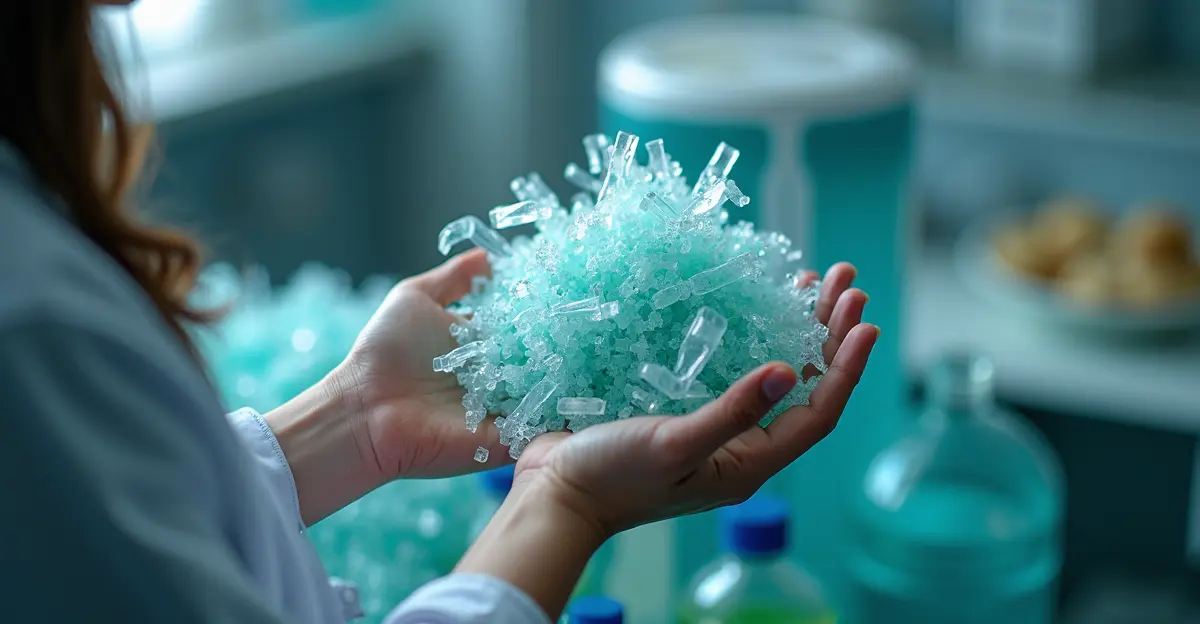The Ocean Cleanup deploys advanced vessels to remove plastic from oceans and rivers, having already extracted 30 million kg. New systems target the Great Pacific Garbage Patch and 30 key cities to reduce pollution by 90% by 2040.

Revolutionary Cleanup Fleet Deploys Worldwide
The Ocean Cleanup has launched its most ambitious fleet yet, deploying innovative vessels designed to tackle marine debris in the Great Pacific Garbage Patch and major rivers. This expansion comes as the organization celebrates removing over 30 million kilograms of plastic from our oceans since its founding in 2013.
Advanced Technology for Ocean Preservation
The new fleet features upgraded U-shaped capture systems that are 40% more efficient than previous models. These 2km-long floating barriers use natural ocean currents to concentrate plastic debris, which is then extracted by support vessels. The system now includes AI-powered drones that identify plastic hotspots and monitor marine life to prevent bycatch.
"Our technology has evolved significantly since our first prototype," said Boyan Slat, founder and CEO of The Ocean Cleanup. "This new fleet represents our most effective solution yet to remove plastic while minimizing environmental impact."
River Interceptors Expand Global Reach
Complementing the ocean systems, new Interceptor vessels have been deployed in 30 key cities identified as major sources of river pollution. These solar-powered systems use conveyor belts to extract plastic from waterways before it reaches the ocean. Recent installations in Guatemala and Jamaica have already prevented over 3 million kg of debris from entering marine ecosystems.
The organization's "30 Cities Program" aims to reduce riverborne plastic pollution by one-third by 2030 through strategic deployments in high-impact locations. Each interceptor can extract up to 100,000 kg of plastic daily during peak rainy seasons.
Record-Breaking Progress
In 2024 alone, The Ocean Cleanup achieved several milestones:
- Removed 11,000 kg of plastic in a single ocean extraction
- Processed 89 truckloads of river debris in one day in Guatemala
- Reached 15 million kg of total plastic removed by mid-year
The organization's research indicates these efforts are slowing the growth of the Great Pacific Garbage Patch for the first time in decades.
Future Goals and Challenges
With the new fleet operational, The Ocean Cleanup aims to remove 90% of floating ocean plastic by 2040. Upcoming innovations include:
- Interceptor Barricade systems for mangrove areas
- Partnerships to transform collected plastic into consumer products
- Expansion to the Indian Ocean gyre in 2026
Despite progress, challenges remain. Microplastic concentrations continue to rise, and funding limitations restrict faster deployment. "Our work is far from done," Slat acknowledged. "But with this new fleet, we're finally operating at the scale needed to make a real difference."

 Nederlands
Nederlands English
English Français
Français Deutsch
Deutsch Español
Español Português
Português


